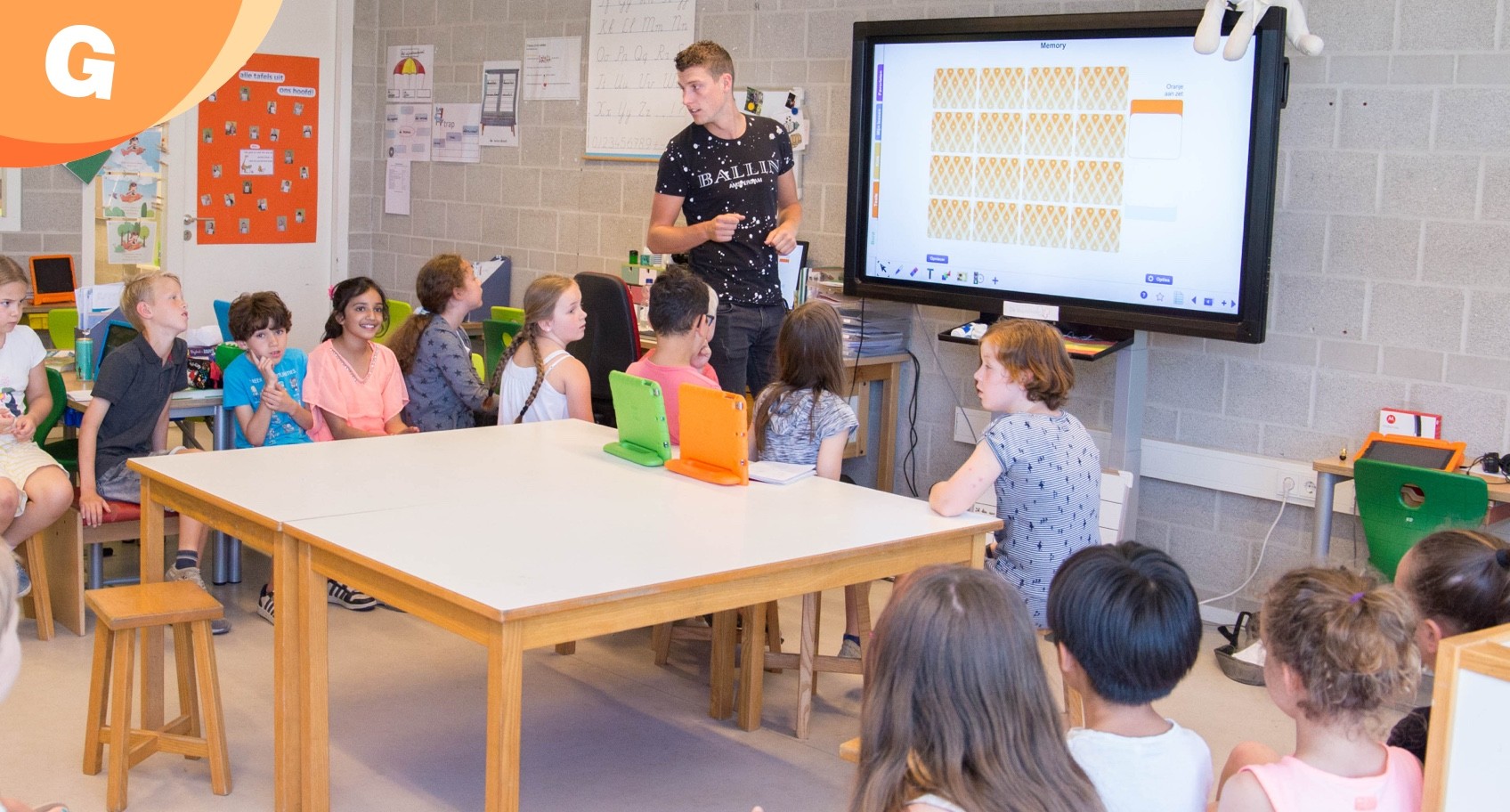
9 Facts about Interactive Whiteboards
Considering purchasing an interactive whiteboard for your school or classroom? Here are nine facts about Interactive Whiteboards that may surprise you.
1. They are Easy to Learn
Teachers are not always the most tech-savvy group, and having to learn new technology can stress out veteran teachers. Fortunately, interactive whiteboards are quite intuitive for anyone accustomed to using a PC. There are thousands of tutorial videos and sites online, and interactive whiteboard manufacturers often have trainings and help lines dedicated to problem-solving tech issues with teachers.
Try Gynzy
2. They save Time
The old cliché that time is money has never been more true than in the classroom. Teachers and instructional assistants are pressed to their limits for time, always trying to squeeze in a parent meeting, group planning session or extra small-group instructional session. It’s a rare teacher that has time to complete all their planning during the school day, and continually taking hours of work home each night contributes heavily to teacher burnout rates. Interactive Whiteboards save time by storing already created lessons in an easy to find manner. They make lesson creation easy and quick.
3. They Increase Student Engagement
Student engagement is an elusive thing to pin down. We know that increasing engagement increases learning and retention. We know that higher engagement leads to less classroom management issues, which in turn leads to more time actively engaged in learning. We know that the more time we can keep students on-task and engaged, the more they will learn each year. Interactive Whiteboards keep engagement high in the classroom by making it easy to incorporate multimedia and technological elements. They present information in a format that an increasingly technologically-savvy generation can appreciate. They also store lessons in a way that makes them easy to revisit whenever necessary.
4. They Easily Incorporate Multimedia Elements
A lesson with a video, song, original documents, images or an interactive game is a lesson that will make an impact. It used to be that to get all that into a lesson, teachers needed projectors, CD players, televisions and game boards in the classroom. They also needed the right CDs, DVDs, pictures and game pieces. How much easier is it simply to use digital copies of all those lesson elements, and save them right into the slideshow for that lesson? So much easier, it’s enough to make exhausted teachers rejoice.
5. They Make the Transition to Classroom Website Resources Easy
College classrooms are far ahead of K-12 education when it comes to incorporating online resources into the classroom. Forward-thinking teachers create websites to go along with their course material, and use them to post resources and host discussion boards for students. Interactive whiteboard lessons can be posted to classroom websites as a review tool for students, and to keep students with absences up-to-date.
6. They Make Classrooms Technologically Relevant
Education tends to be about a decade behind the business world in technological advances. Unfortunately, this means that students aren’t naturally learning to use the newest technology in the classroom as they grow up. Interactive whiteboards keep classrooms technologically relevant and foster student interest in tech engagement.
7. They make Learning Fun
Games are a great way to incorporate interactive learning into the classroom. Interactive whiteboards put a world of educational online games at fingertip reach. Students will have so much fun, they won’t even realize they’re engaged in important learning activities.
8. They Make Lesson Archiving Easy
How many experienced teachers do you know with binders and files full of old lessons they created? There are teachers with shelves upon shelves of materials they’ve used and kept, intending to use again. Of course, after a few years, finding anything becomes quite challenging. Interactive whiteboards make it easy to keep years of lessons and activities organized in just a few file folders in a desktop computer.
9. They Open a Community of Online Resources
Teachers work best inside a supportive community of their peers. That community can be physical or digital. Sites like Gynzy offer resources, planning help, and great ideas for interactive whiteboard lessons. They provide the kind of help and support only a community of experienced teachers can.
